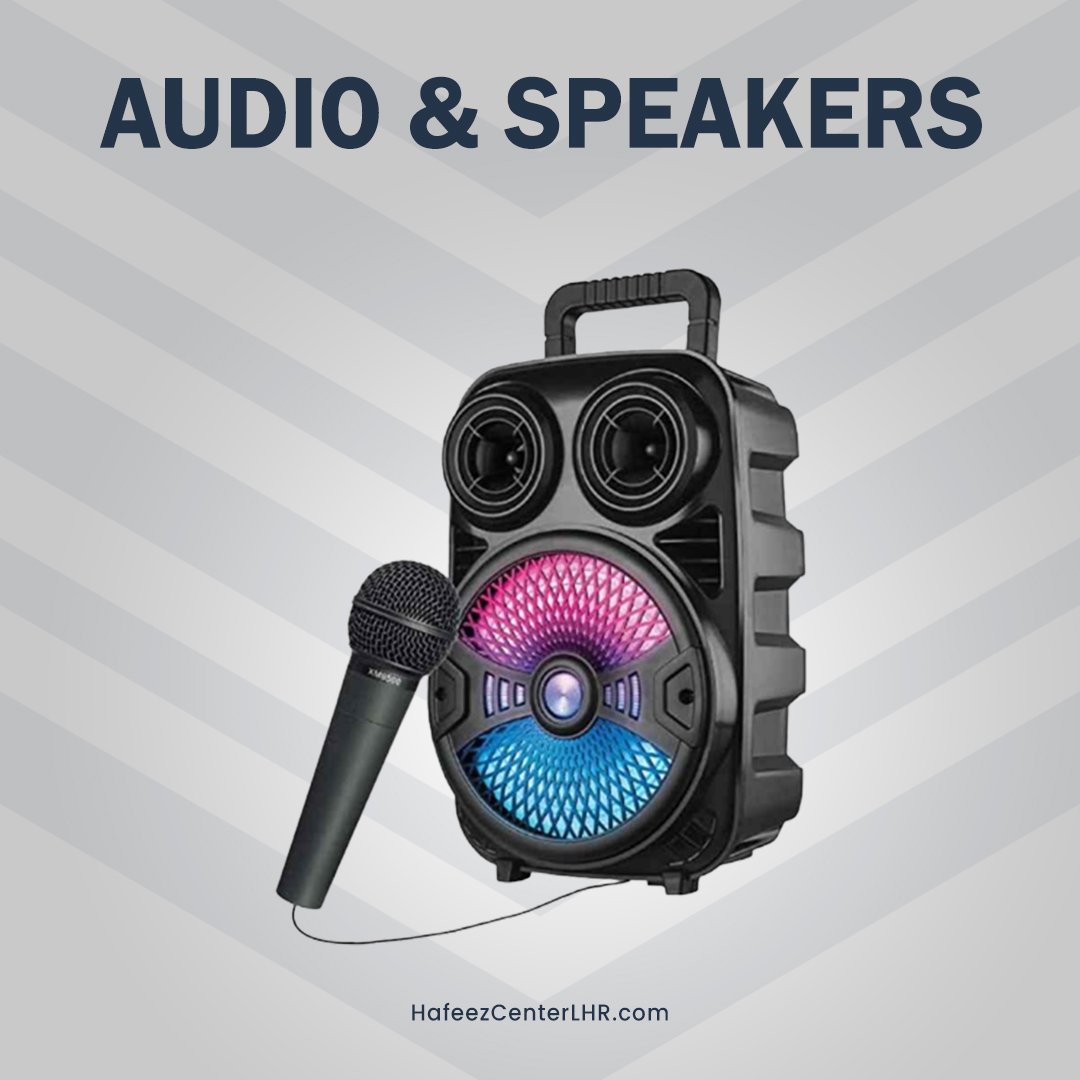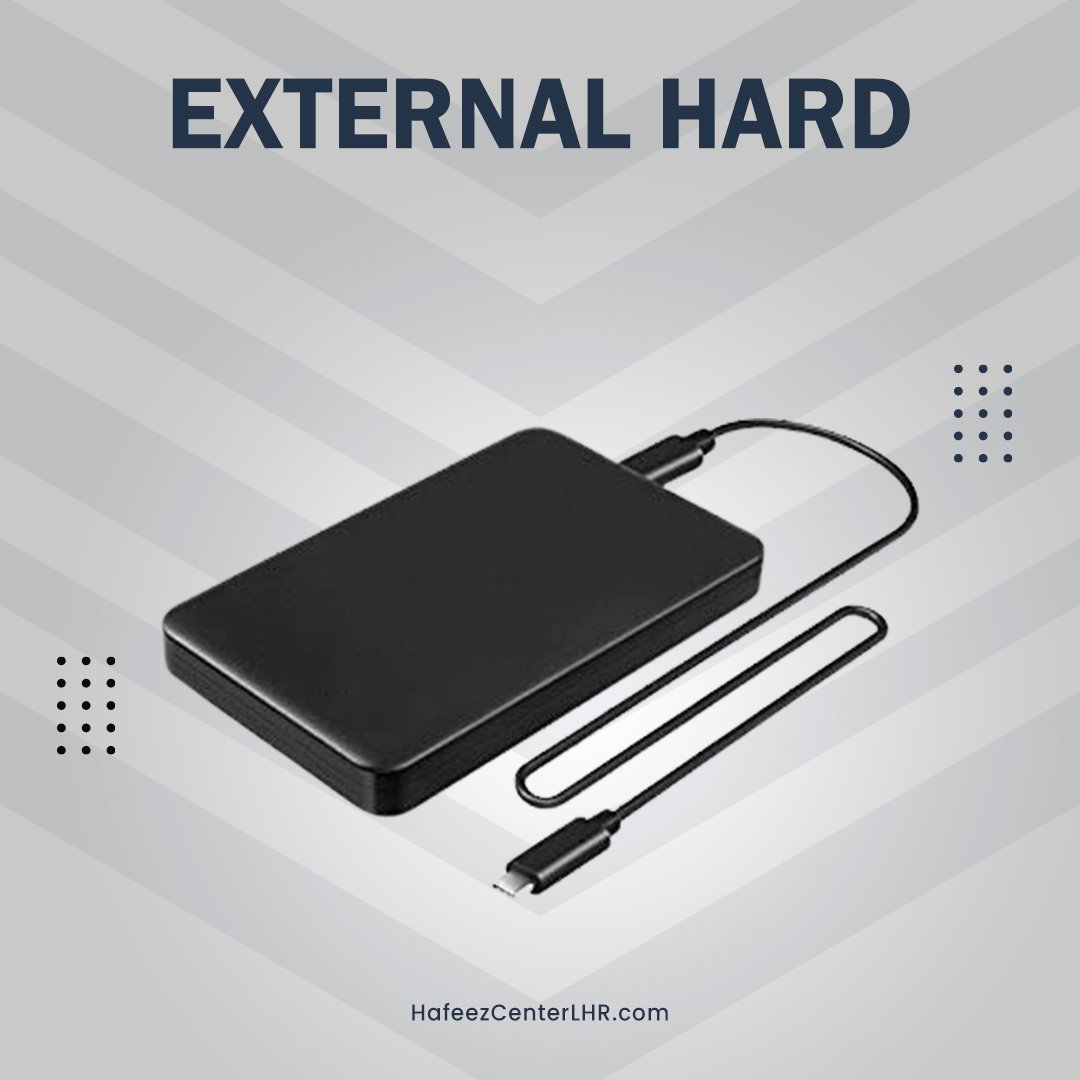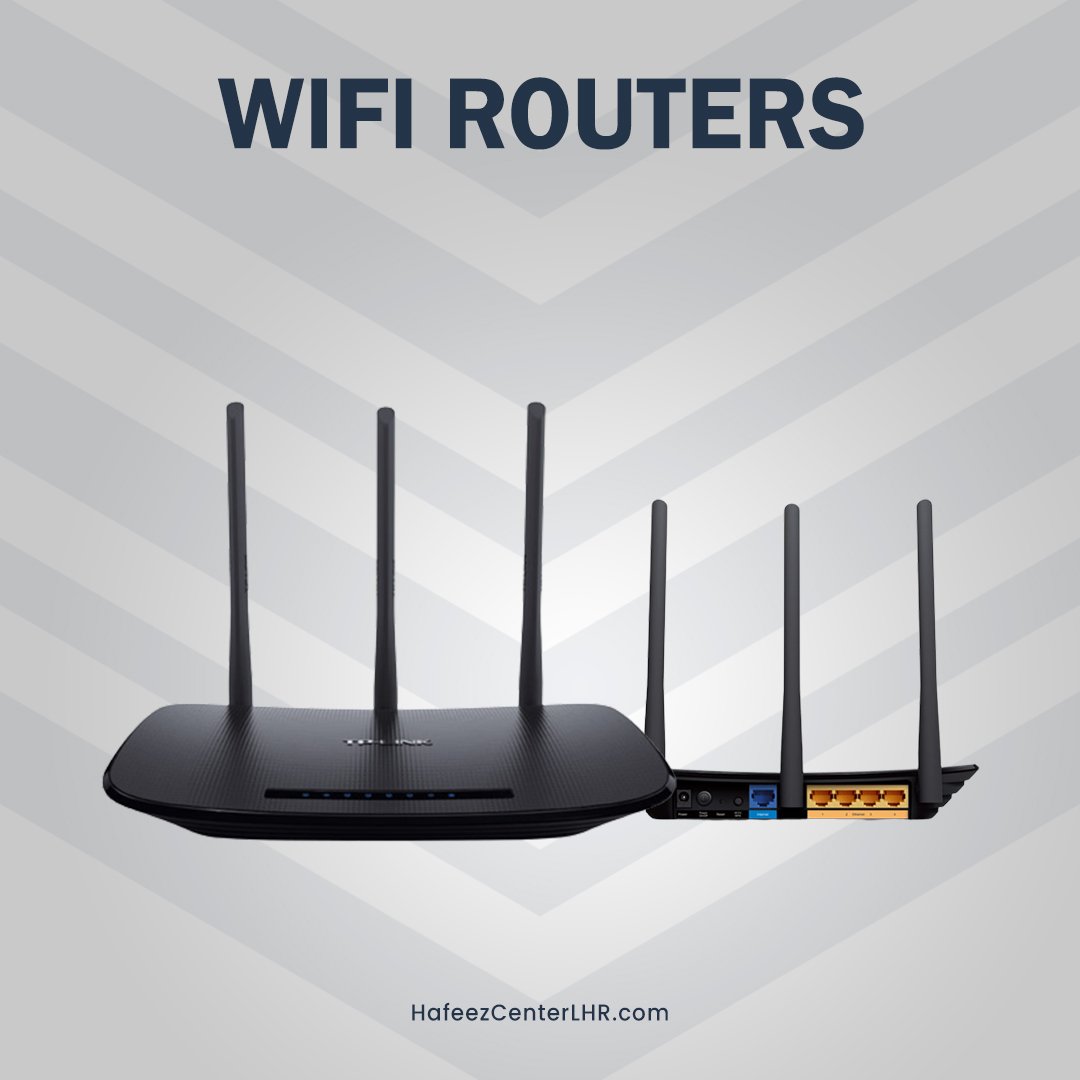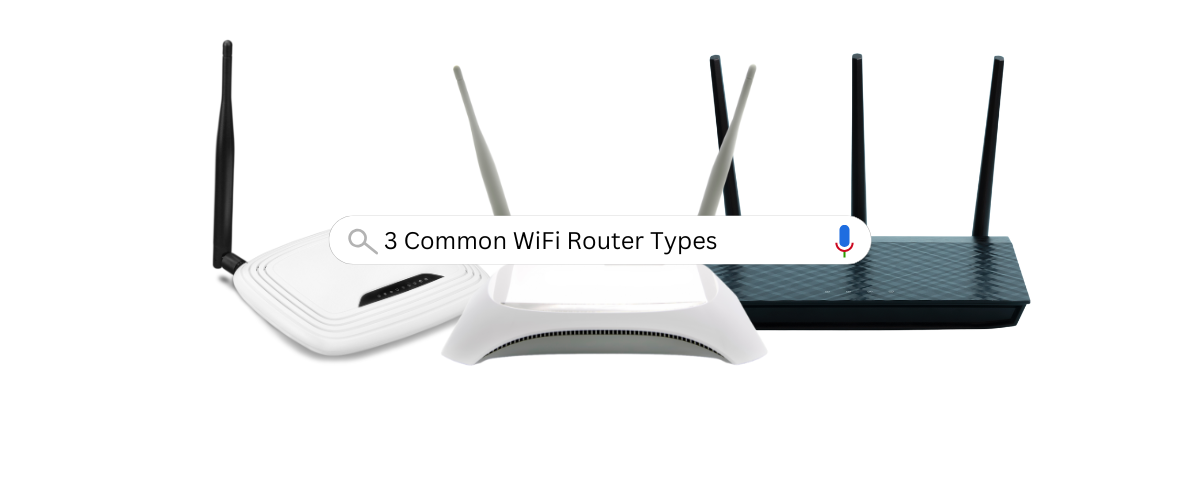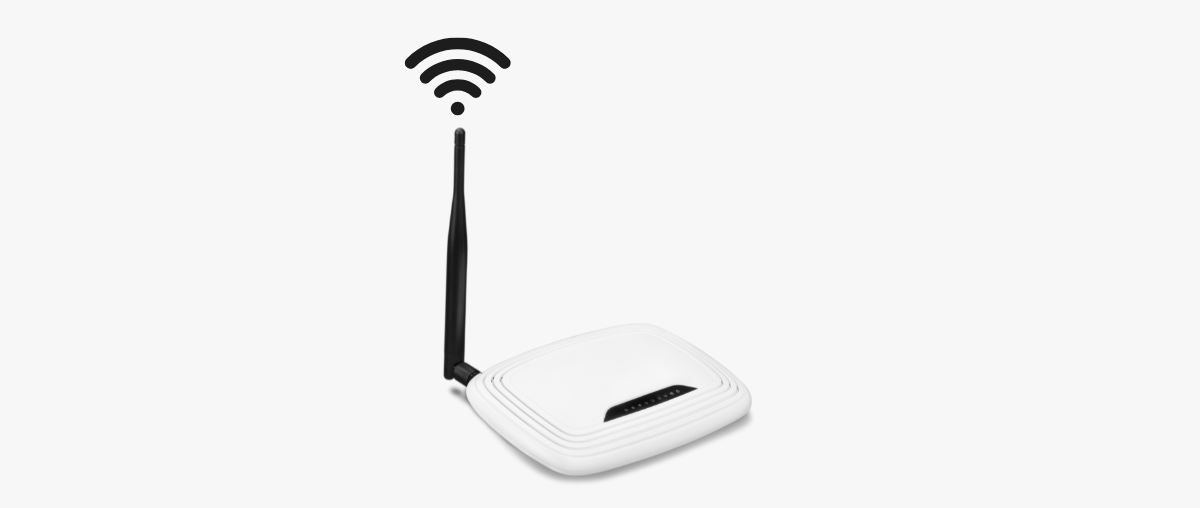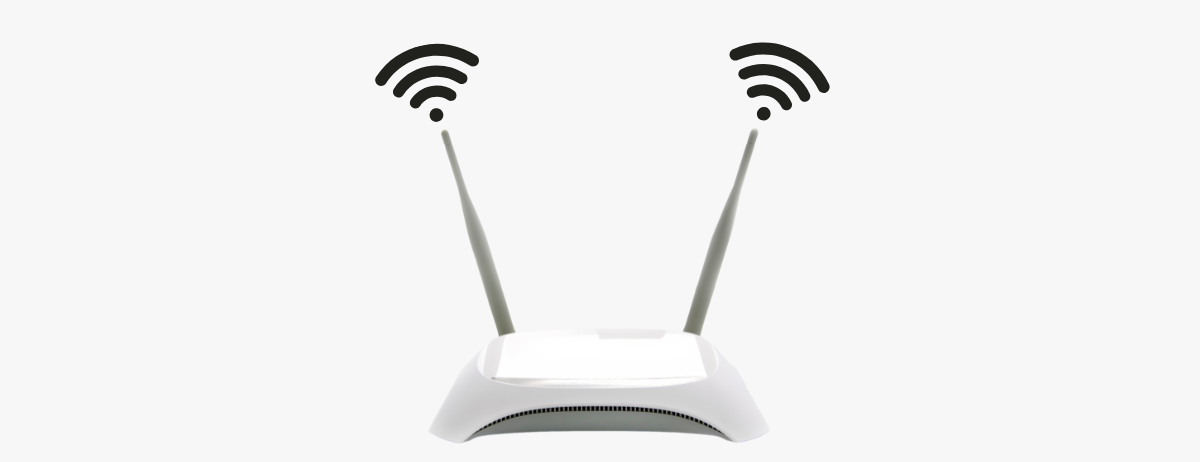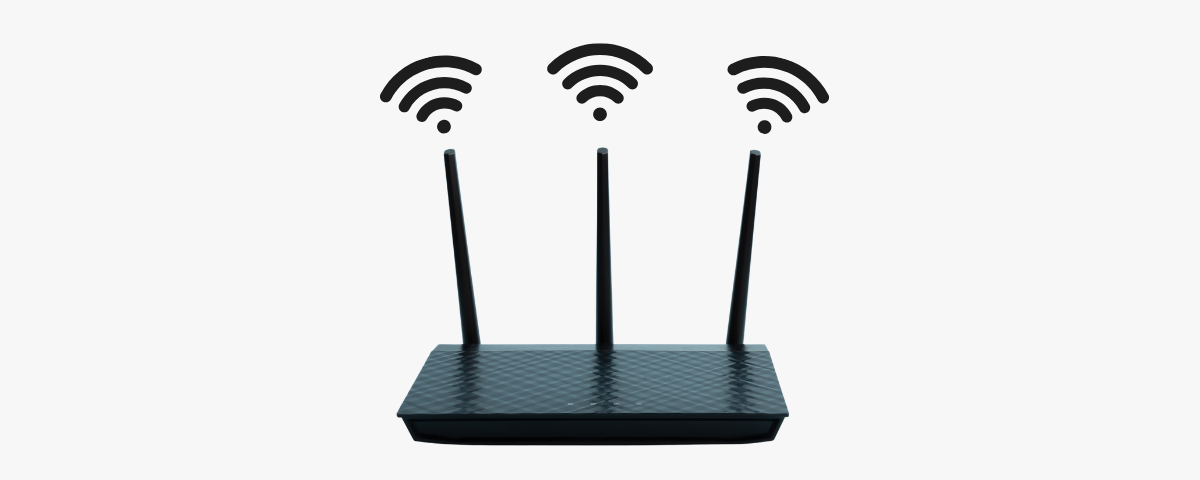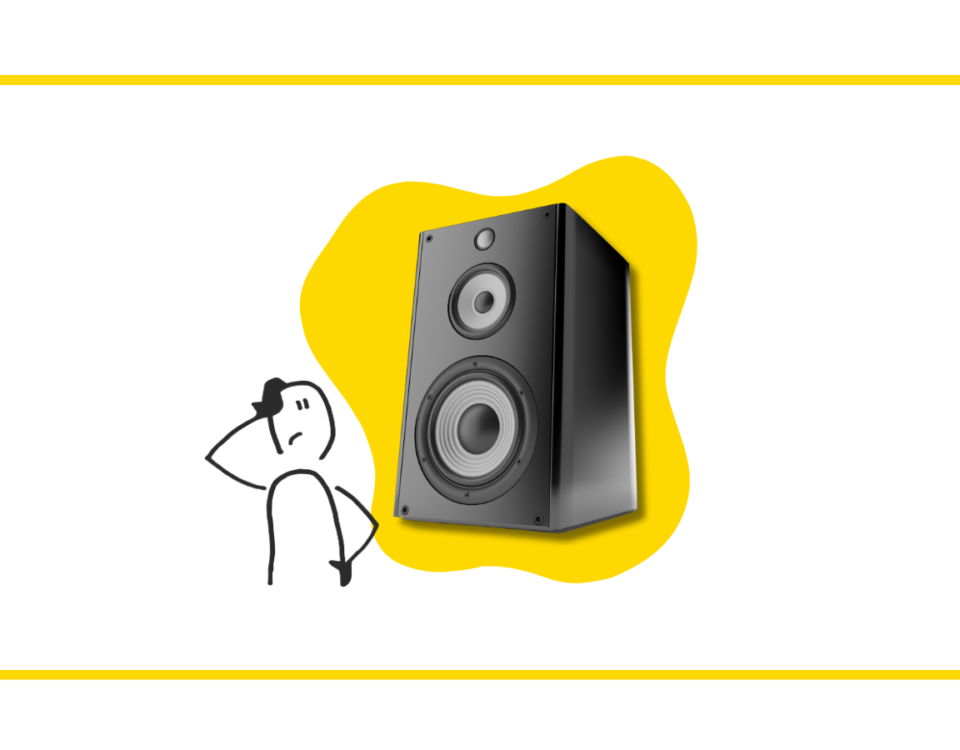
Logitech M170 Mouse: The Best and Affordable Wireless Mouse to Buy
January 4, 2025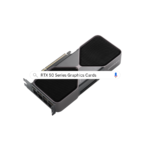
NVIDIA GeForce RTX 50 Series Graphics Cards: What’s New in AI-Powered DLSS 4?
January 8, 2025The type of WiFi router you choose has a significant impact on your internet experience. These three most common router types cater to different needs based on speed, connectivity, and device compatibility:
- Single-Band Router
- Dual-Band Router
- Tri-Band Router
Here’s an in-depth look at each type.
1. Single-Band Routers: The Basic Option
Frequency: Operates on the 2.4 GHz band.
Best For: Small homes or apartments with limited internet usage.
Single-band routers are the simplest and most affordable option. They operate on a single frequency band (2.4 GHz), which provides decent coverage and works well with older devices. However, they often suffer from interference due to the limited bandwidth and the crowded nature of the 2.4 GHz band, especially in urban areas. Ethernet cables with this router can bypass wireless interference for devices requiring stable and uninterrupted connectivity.
Advantages:
- Budget-friendly.
- Compatible with most devices.
Disadvantages:
- Slower speeds compared to other options.
- Prone to interference from other 2.4 GHz devices, like microwaves and cordless phones.
2. Dual-Band Routers: The Popular Choice
Frequency: Operates on two bands—2.4 GHz and 5 GHz.
Best For: Medium to large households with multiple devices.
Dual-band router types provide the flexibility to switch between two frequencies. The 2.4 GHz band offers better range, while the 5 GHz band delivers faster speeds and reduced interference. This balance makes dual-band routers ideal for streaming, gaming, and handling multiple connected devices. Additionally, they work well with mesh systems that can extend WiFi coverage seamlessly throughout your home.
Advantages:
- Faster speeds on the 5 GHz band.
- Reduced congestion with the option to use a less crowded frequency.
- Suitable for modern internet demands, like HD streaming and online gaming.
Disadvantages:
- Slightly more expensive than single-band routers.
- 5 GHz band has a shorter range compared to 2.4 GHz.
3. Tri-Band Routers: The Powerhouse
Frequency: Operates on three bands—one 2.4 GHz band and two 5 GHz bands.
Best For: Large homes, smart homes, and heavy internet users.
Tri-band router types are designed to handle high traffic and multiple devices without compromising speed. By splitting the traffic into three separate bands, they minimize congestion and maximize performance for activities like 4K streaming, virtual reality, and large file transfers.
Advantages:
- Excellent for managing multiple high-demand devices.
- Eliminates bottlenecks during heavy usage.
- Ideal for tech-savvy households with smart home setups.
Disadvantages:
- Expensive compared to single- and dual-band routers.
- The additional 5 GHz band might not always be fully utilized in smaller households.
Which WiFi Router Is Right for You?
- Single-Band: Opt for this if you have a tight budget and minimal connectivity needs.
- Dual-Band: A versatile choice for most households, offering a good balance of speed, range, and cost.
- Tri-Band: Perfect for homes with many devices, especially if you’re into gaming, streaming, or running a smart home.
By understanding the differences between these router types, you can choose the one that best suits your internet habits and household needs.


